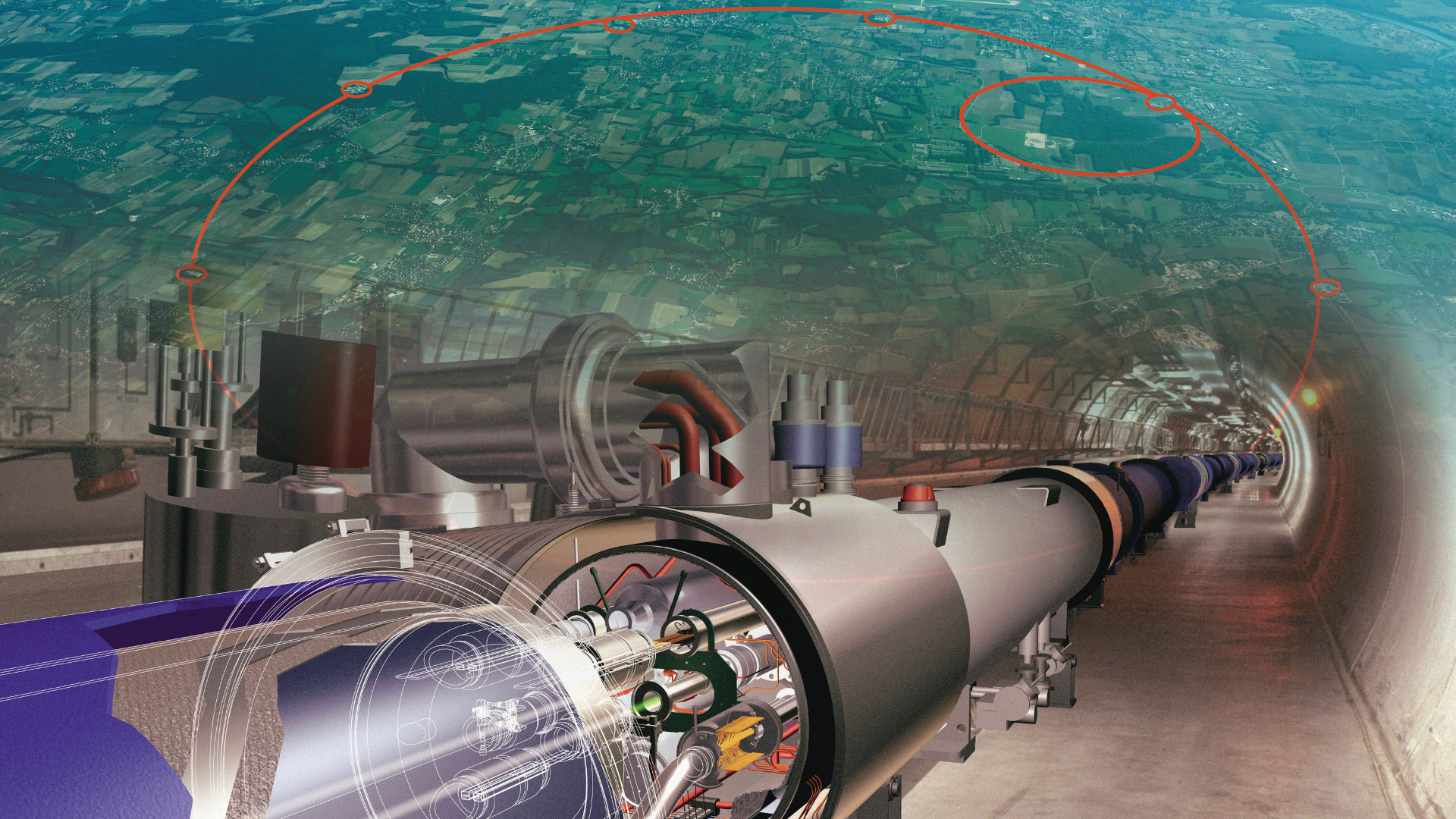
The Large Hadron Collider (LHC) at CERN is the world’s most powerful accelerator, colliding particles to gain a deeper understanding of the universe. The LHC relies on Landau damping to keep the particle beams stable. For that reason, Landau damping has been studied extensively in the past with a focus on instantaneous beam stability, and with great success at that. However, there have recently been observed beam instabilities in the LHC that could not be explained by the existing theories, because they occurred after a significant time period of stable beams. Today, I will introduce and explain this new instability mechanism, in which noise eventually causes a loss of Landau damping. The delayed instabilities have been reproduced by dedicated experiments in the LHC, sophisticated particle tracking simulations, and a new semi-analytical diffusion model.
